Waddah Saeed
Explainable AI : A Systematic Meta-Survey of Current Challenges and Future Opportunities
Nov 11, 2021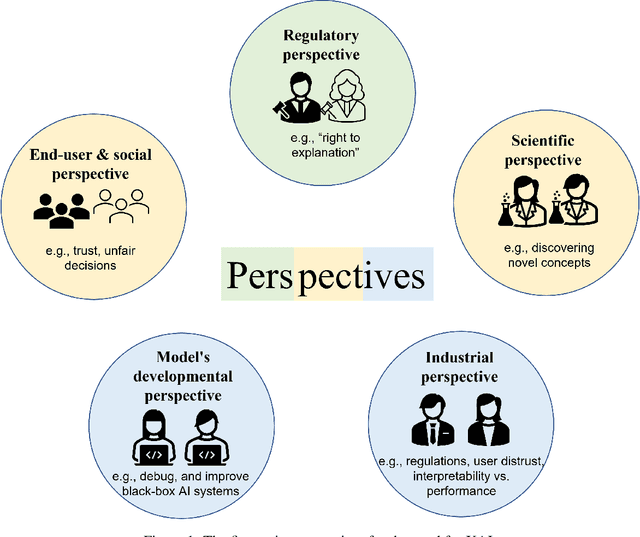
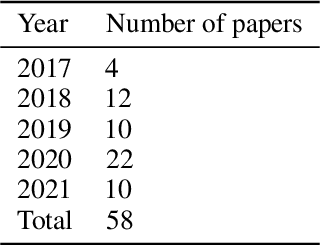
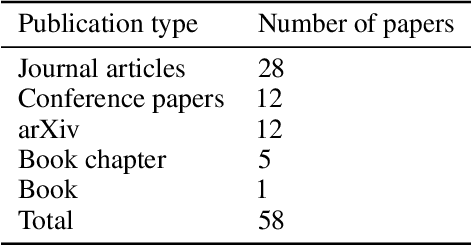
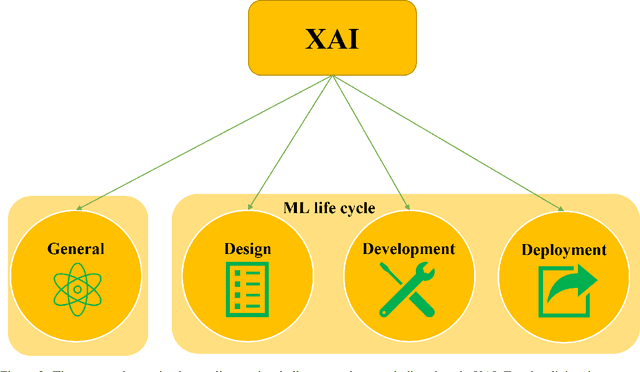
Abstract:The past decade has seen significant progress in artificial intelligence (AI), which has resulted in algorithms being adopted for resolving a variety of problems. However, this success has been met by increasing model complexity and employing black-box AI models that lack transparency. In response to this need, Explainable AI (XAI) has been proposed to make AI more transparent and thus advance the adoption of AI in critical domains. Although there are several reviews of XAI topics in the literature that identified challenges and potential research directions in XAI, these challenges and research directions are scattered. This study, hence, presents a systematic meta-survey for challenges and future research directions in XAI organized in two themes: (1) general challenges and research directions in XAI and (2) challenges and research directions in XAI based on machine learning life cycle's phases: design, development, and deployment. We believe that our meta-survey contributes to XAI literature by providing a guide for future exploration in the XAI area.
Comparison of Automated Machine Learning Tools for SMS Spam Message Filtering
Jun 28, 2021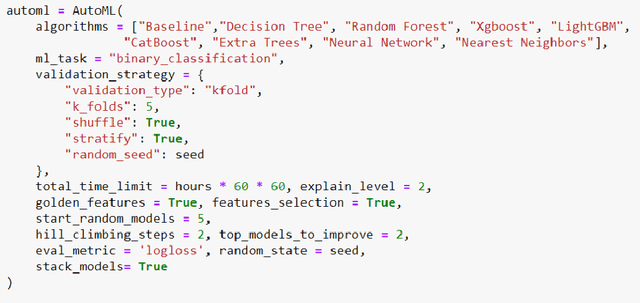



Abstract:Short Message Service (SMS) is a very popular service used for communication by mobile users. However, this popular service can be abused by executing illegal activities and influencing security risks. Nowadays, many automatic machine learning (AutoML) tools exist which can help domain experts and lay users to build high-quality ML models with little or no machine learning knowledge. In this work, a classification performance comparison was conducted between three automatic ML tools for SMS spam message filtering. These tools are mljar-supervised AutoML, H2O AutoML, and Tree-based Pipeline Optimization Tool (TPOT) AutoML. Experimental results showed that ensemble models achieved the best classification performance. The Stacked Ensemble model, which was built using H2O AutoML, achieved the best performance in terms of Log Loss (0.8370), true positive (1088/1116), and true negative (281/287) metrics. There is a 19.05\% improvement in Log Loss with respect to TPOT AutoML and 5.56\% improvement with respect to mljar-supervised AutoML. The satisfactory filtering performance achieved with AutoML tools provides a potential application for AutoML tools to automatically determine the best ML model that can perform best for SMS spam message filtering.
 Add to Chrome
Add to Chrome Add to Firefox
Add to Firefox Add to Edge
Add to Edge